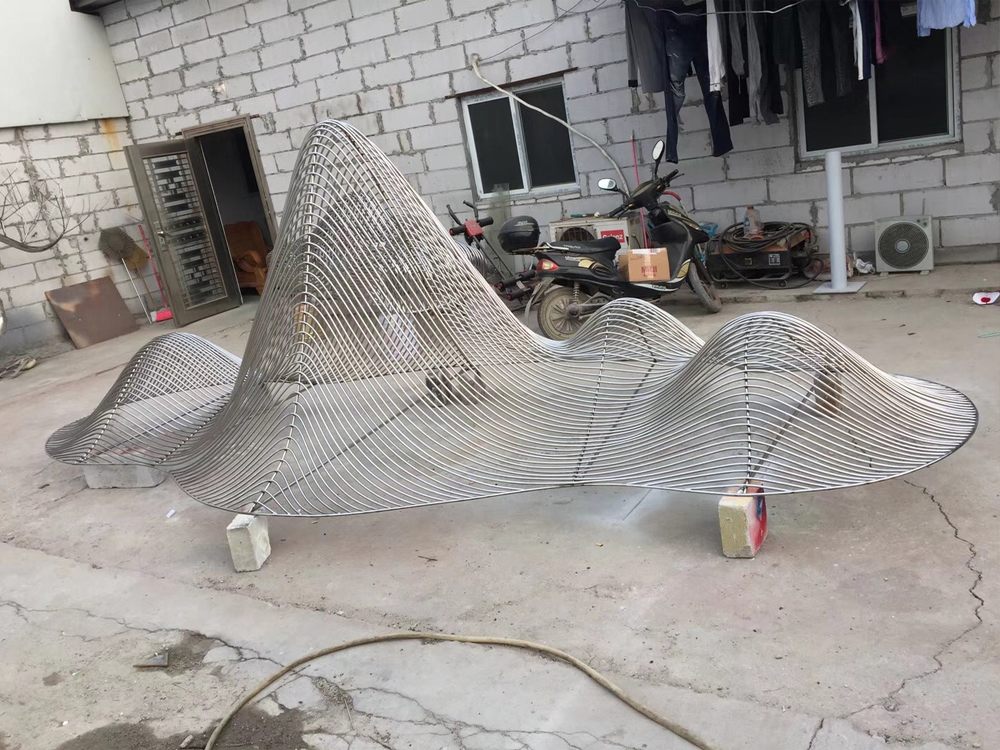
Metal sculptures have long been admired for their aesthetic appeal, but contemporary artists are pushing boundaries by incorporating functional elements like seating and lighting into their designs. This fusion of art and utility not only enhances the visual impact of the pieces but also makes them practical for everyday use.
One common approach is the creation of sculptural seating. Artists weld and shape metal into benches, chairs, or stools that double as striking art installations. These pieces often feature organic curves, geometric patterns, or abstract forms, showcasing the versatility of metal as both a structural and decorative medium. For example, a bench might resemble flowing water or a twisting vine, offering both comfort and visual intrigue.
Lighting is another functional element seamlessly integrated into metal sculptures. Artists craft chandeliers, floor lamps, or wall sconces from metals like steel, copper, or brass, often combining them with glass or other materials. The interplay of light and shadow through perforated or textured metal surfaces creates dynamic effects, turning ordinary lighting fixtures into captivating centerpieces.
To achieve this balance, artists must consider durability, ergonomics, and safety alongside artistic expression. Techniques such as powder coating or patination ensure the metal withstands wear while maintaining its aesthetic qualities. The result is a harmonious blend of form and function, where art serves a purpose beyond mere decoration.
By merging functionality with creativity, these artists redefine the role of metal sculptures in modern spaces, proving that art can be both beautiful and practical.

